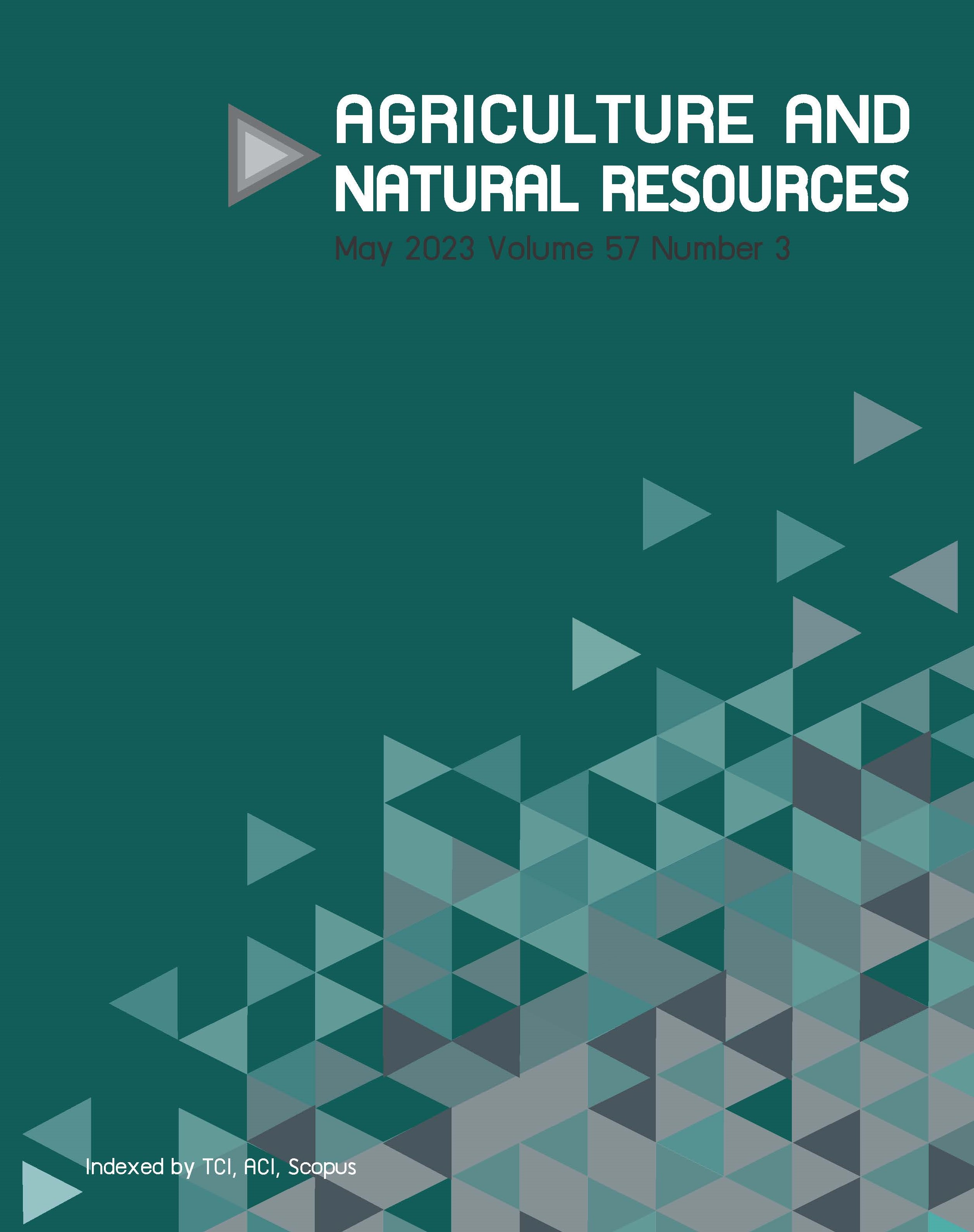Current status of carangid aquaculture and way forward
Keywords:
Carangidae, Mariculture, Yellow tail, Jacks, Pompanos, Jack mackerelsAbstract
Importance of the work: Interest in marine fin-fish aquaculture has grown in recent decades in response to the rising demand for seafood.
Objectives: To provide information and knowledge regarding aquaculture of carangid fishes and synthesize common features, followed by recommendations for development of aquaculture.
Materials & Methods: The main literature sources used in this review were from SCOPUS and Google Scholar. Production data were from the Food and Agriculture Organization of the United Nations. All information and data gathered were analyzed and synthesized.
Results: Of the 148 carangid fish species, 13 contribute a substantial proportion of global aquaculture production. The two most valuable species are pompano (Trachinotus ovatus), mainly produced by China and Japanese amberjack or yellowtail (Seriola quinqueradiata), mainly produced by Japan. This review provided an overview of aquacultural practices for each species and revealed that the following characteristics are common to carangid aquaculture: culture was first established using wild fingerlings; the success of hatchery production of fingerlings requires lengthy rearing of broodstock; availability of commercial artificial feed is another key success factor; diseases and parasites can be devastating and very difficult to control; and market constraints can have major adverse impacts.
Main finding: The following recommendations were made: 1) development of fry production technology is a priority; 2) stocks should be genetically improved to cope with diseases and parasites; 3) cost-effective and environmental-friendly artificial diets should be developed; 4) cost-effective, land-based recirculating aquaculture systems should replace sea-cage and pen culture; and 5) new species, such as bluefin trevally, should be developed for aquaculture to diversify production.
Downloads
Published
How to Cite
Issue
Section
License
Copyright (c) 2023 Kasetsart Universityonline 2452-316X print 2468-1458/Copyright © 2022. This is an open access article under the CC BY-NC-ND license (http://creativecommons.org/licenses/by-nc-nd/4.0/),
production and hosting by Kasetsart University of Research and Development Institute on behalf of Kasetsart University.







